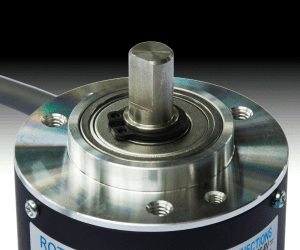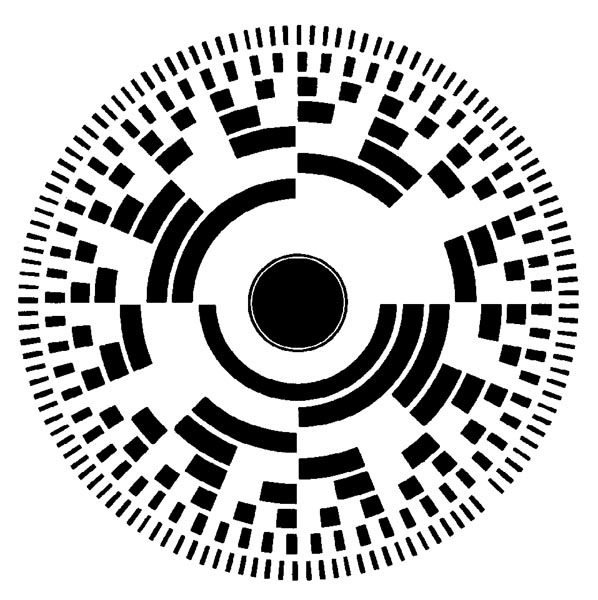Encoder Technology Overview

Rotary encoders are used in a variety of applications to provide feedback on position, speed, direction, or angle. There are several different encoder types and technologies, each serving a different purpose or application. We are going to break down these types and technologies to help you discover which encoder is best suited for you.
Encoder Types
There are two different output types of encoders, absolute and incremental. Incremental devices only provide relative information on position change, while absolute encoders provide the exact position. This means that the position at startup is not known when using an incremental encoder. With incremental sensors, a zero or null position is detected during a homing routine. On the other hand, an absolute encoder knows its position at startup, and no homing is required. In addition, absolute encoders can be either single-turn or multi-turn. Single-turn provides position data 0-360 degrees and multi-turn allows the encoder to provide 0-360 degree information as well as count the number of turns from a pre-defined origin. . Historically incremental encoders have been smaller and lower cost, but recent developments have made absolute encoders a compelling alternative in many applications.
Encoder Technology
Optical Encoders
Optical encoders track movement by sending an optical signal from a source to a receiver. The optical encoder will convert this optical signal into an electrical signal. There are three different types of optical encoders, transmissive, reflective, and interferential.

Photo credit: Codeforfree.com
Transmissive optical encoders emit a LED light source through a disk or scale with opaque and transparent lines arranged in a 50-50 duty cycle. While transmissive optical encoders have been around for decades, they can be prone to damage from shock and vibration as well as dust and water ingress.
Reflective optical encoders are similar to transmissive encoders in that they pass an LED light source through a scale. Rather than having the light source on the opposite side of the sensor like with transmissive encoders, with these encoders, the light source is on the same side as the sensor, and portions of the light are reflected back at the sensor. This makes these sensors smaller in size than transmissive encoders.
Interferential optical encoders use a laser light source that creates a diverging beam. This light beam will illuminate a diffraction grating pattern on a glass or metal tape scale. This creates Talbot planes. These encoders offer high resolution and accuracy in a compact size, but they require stricter environmental conditions in order to work properly.
Magnetic Encoders
Magnetic encoders use a magnetic field to obtain information. North and south poles are placed on the scales and the sensor, either using Hall-effect or magnetoresistive, measures the movement of the poles to identify the change in magnetic flux. Magnetic encoders can be absolute or incremental.
The benefit of magnetic encoders is that they are small in size and can be a lower-cost option. They are also able to tolerate more in their environment, such as liquids and non-metallic contaminants. On the other hand, noise issues can occur near large magnetic fields if proper shielding isn’t in place. In addition, these devices are temperature sensitive.
Capacitive Encoders
Capacitive encoders have three main parts, a transmitter, a receiver, and a sinusoidal rotor. The transmitter and receiver are capacitively coupled and an electric field is created between them. When the sinusoidal rotor rotates, it simulates the transmitter signal, causing a change in capacitance. The sensor tracks this change.
Capacitive encoders are an ideal option if you are looking for a device that is small, high accuracy, has excellent resistance to EMI noise, and operates with little power, but these encoders require specific environmental conditions. They can be prone to issues with condensation and electrostatic build-up.
Inductive
Inductive encoders are absolute encoders that function on the same principles as resolvers, but, rather than using coil windings, these devices use PCB traces. This provides several benefits. First, PCB traces are lower in size, weight, and cost compared to coil windings. In addition, since this material is not wound, it eliminates the inaccuracies from the winding process. PCB material also offers greater environmental stability. Like resolvers, inductive encoders have a high resistance to shock and vibration.
Ready to find the right sensor for you? We are here to help. Contact us today using the form below to get started.
"*" indicates required fields

 856-727-9500
856-727-9500